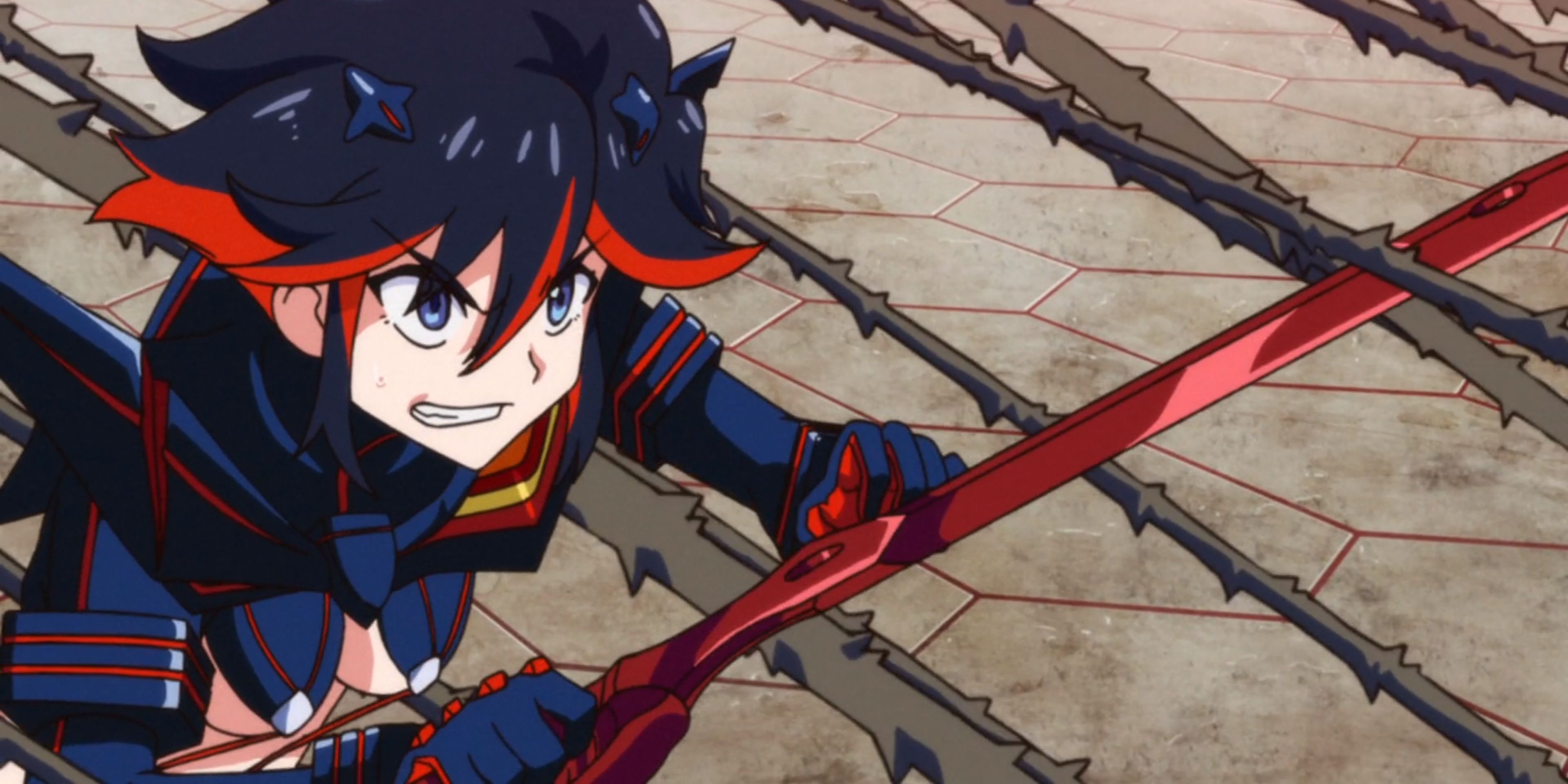
Now with the advent of DVDs and streaming, almost every dub available has a Japanese subtitled version right along with it. You could only get dubs and even if a subtitled version was available it might cost more money. “Thankfully the English speaking fandom liked it as well.”īack in the early days of anime fandom a good amount of ire for dubs also stemmed from the fact subtitles weren’t readily available. “The kids that I showed the episodes to really liked it and connected with it,” she remembers. Having Serval simply say, “amazing!” wouldn’t have conveyed the same feeling so, since Serval is based on a real-life wild cat, Lenti translated “sugoi” to the delightful, “a-meow-zing.” Lenti couldn’t just leave the phrase untranslated, as much as some fans would have loved it, because the show is meant for children. It would be a disservice to the English and Japanese fandom not to give her a catchphrase.” “The show didn’t intend for it to be a catchphrase but the fandom took it that way.
#Raw anime episodes series#
The English speaking fan base for the series loved Serval saying “sugoi” and it was treated as if it was a catchphrase. The show features a character named Serval who frequently exclaims “sugoi!” which can mean awesome or amazing or just an exclamation of coolness.

Marissa Lenti, voice director and writer for dubbing studio Sound Cadence shares an experience of when she was working on the dub of Kemono Friends, an anime series which follows anthropomorphized animals, and the tricky decisions that came with localizing Japanese dialogue. “You’re not just trying to convey the meaning of the scene and the literal translation of the dialogue, you’re also trying to match the lip flaps that were animated to a different language and you’re trying to make it seem naturalistic,” DeMarco says. It’s not just a matter of translating the dialogue exactly and simply doing a voiceover. That love is often a necessity because dubbing is not simple. They have a deep love for the material and want to put their all into it. For the most part dubs are now extremely faithful to their original source material in part because many people working in the industry now grew up on anime and English dubs. Thankfully, nobody needs to be a snob anymore as over the past 20 years a dubbing renaissance has taken place. I turned into a snob about it, looking down my nose at “casuals” who’d only watch a show if it was dubbed.īut being a snob is no fun. I couldn’t understand why anyone could watch a dub when a subtitled version was readily available.

#Raw anime episodes tv#
Watching shows I’d originally seen dubbed on TV was a totally different experience when watching the subtitled version. I enjoyed them a lot but as I got deeper into the anime scene and started collecting DVD’s I grew to prefer the subtitled versions because they were uncut. I grew up in the ‘90s and was first exposed to anime like Pokémon, Digimon, and Cardcaptors through Kids WB and Fox Kids. An early dub of Captain Harlock featured the usually stoic hero cracking jokes and badly mixed audio to the point it was near impossible to understand the more comedic dub. Gatchaman was turned into Battle of the Planets and added a character that never existed in the original version. Names, characterization, and whole episodes would be changed. Many of the earliest dubs tossed out any notion of following the Japanese script in order to “Americanize” for western audiences. While to some this is merely a personal preference, the debate between the two camps can get extremely heated especially on the side of “sub purists.” To them, the only true way to experience anime is how it was “originally intended.” That if you’re watching the English dub you’re “lazy” or aren’t getting the “true experience.”įor a chunk of the earliest anime brought over to America, this was true.

Others prefer watching the original Japanese audio with the aid of English subtitles. Some prefer watching anime with an English dub.

The argument has been ongoing ever since anime first started gaining a large audience outside of Japan. If you venture into any part of the anime community, eventually you’ll come across a debate that has raged for decades.


 0 kommentar(er)
0 kommentar(er)
